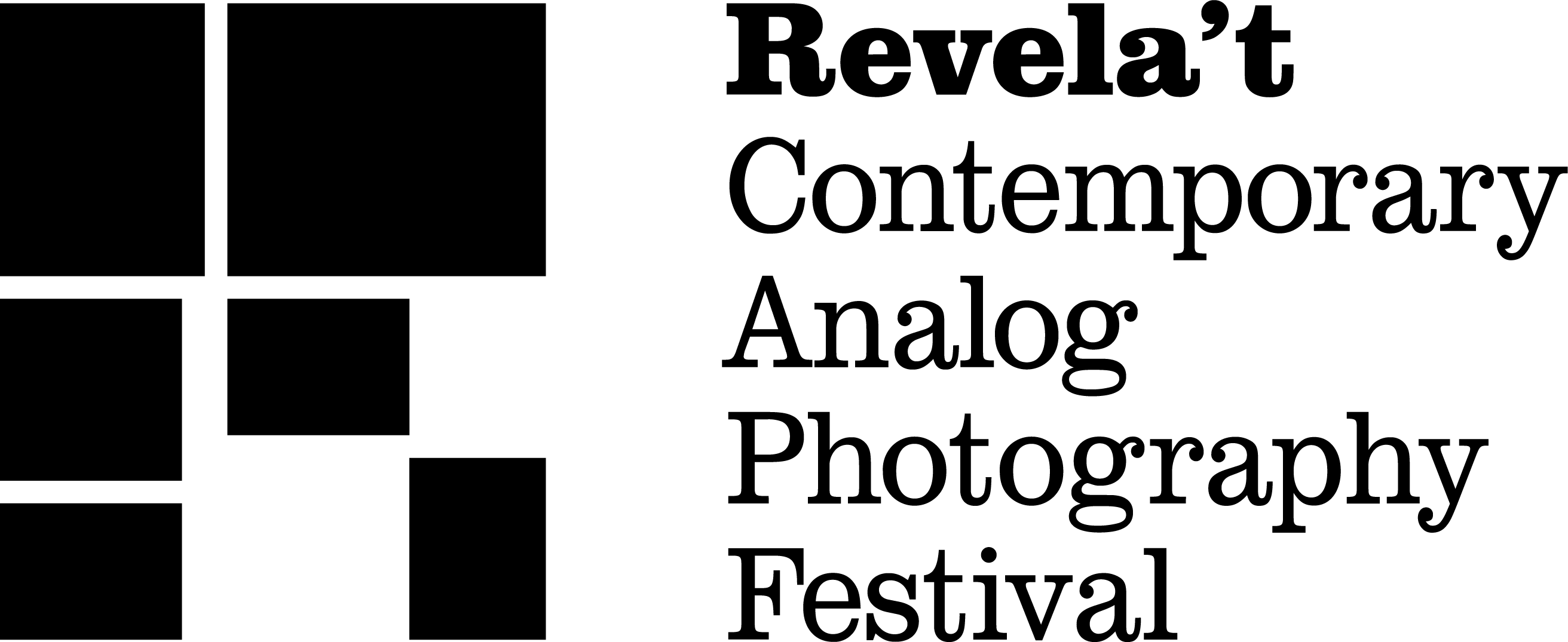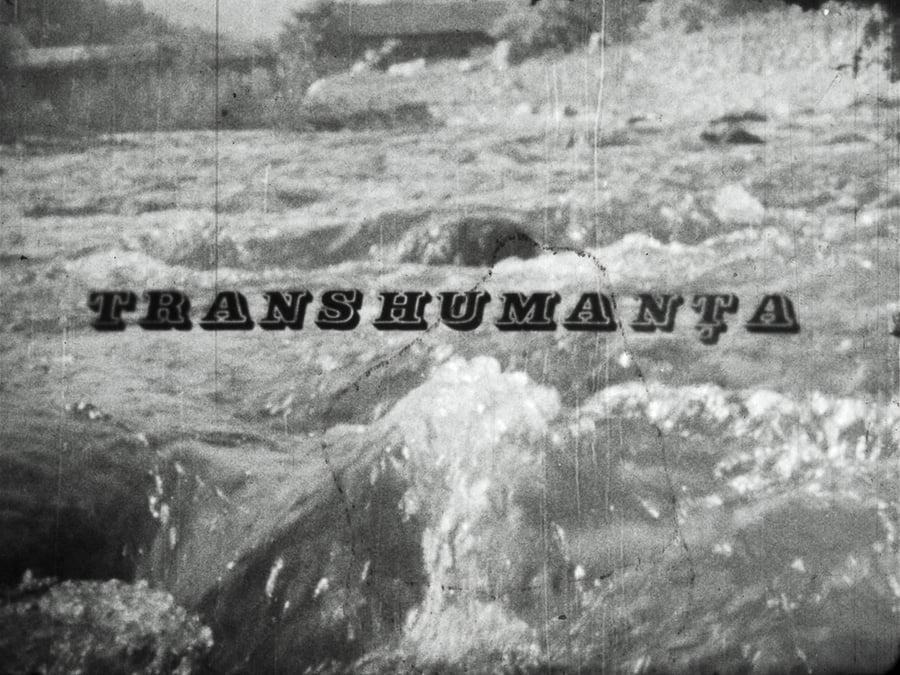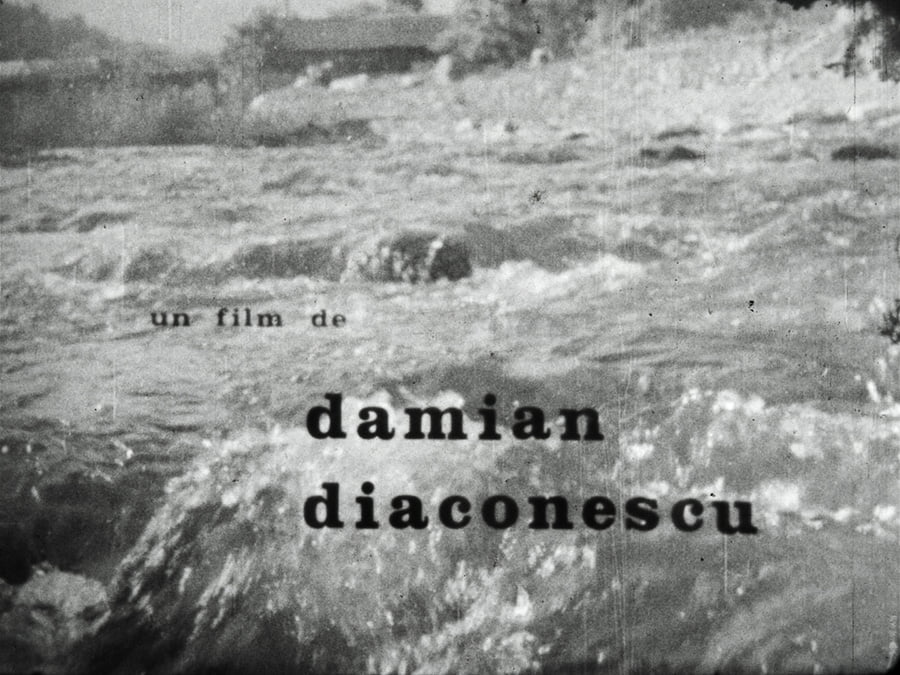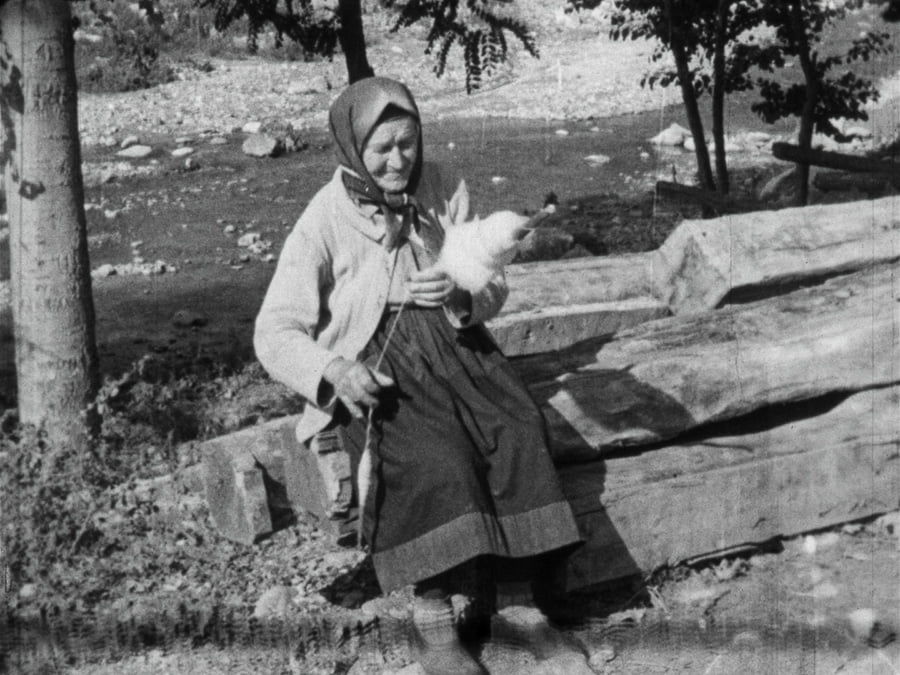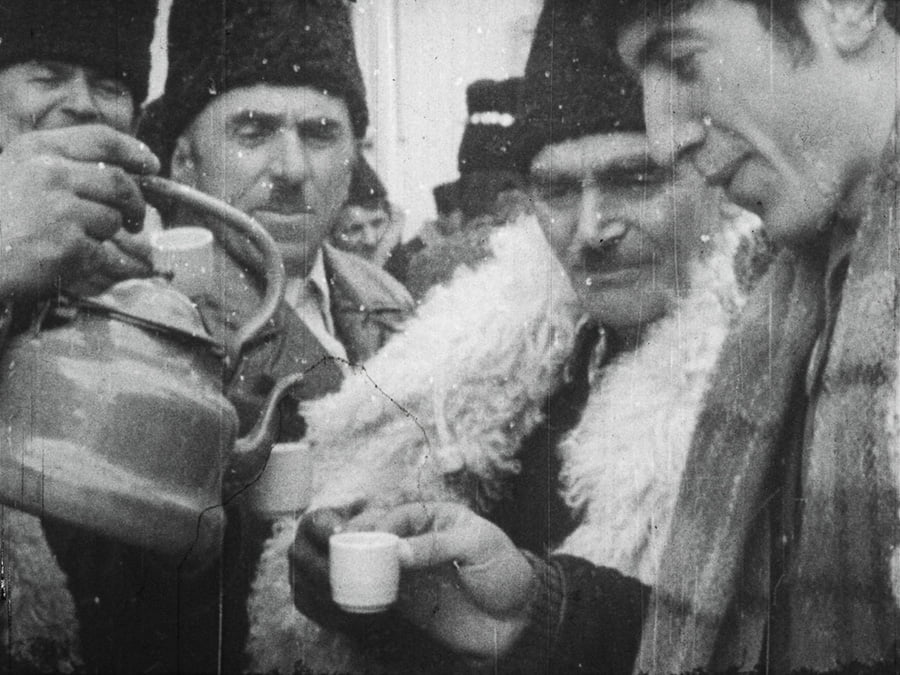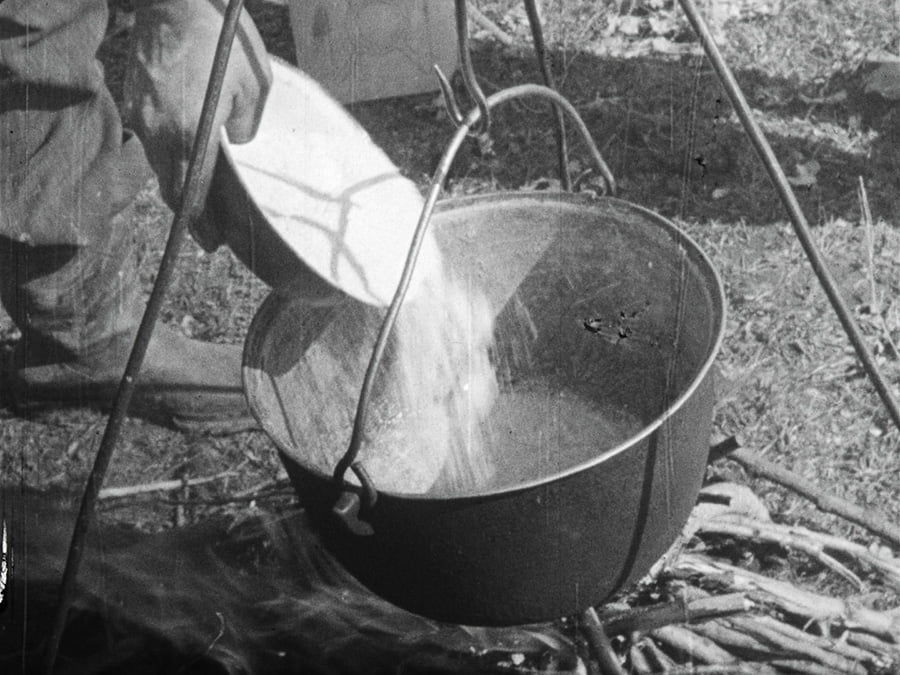Damian Diaconescu
Transhumance (16mm film)
Cal Garbat, S2
Transhumance appears as one of the most complex forms of herding, involving the seasonal movement of flocks between pastures in the mountains and plains. The Carpathians of Wallachia and the entire Danube plain were significant convergence areas for transhumance herds.
The transhumant shepherd is perhaps the most challenged of his shepherd fellows. Summer or winter, he is always on the move, always on foot, in cold or heat, in snow or rain, guarding the herd from disease, wild animals or people.
He is the closest son of the mountains, the woods, and the springs, the millennial friend of the endless roads; he continuously comes and goes on the ancestral plains, from the mountain to the sea and back, in an eternal connection with the people of the hills and plains — near their flock of sheep.
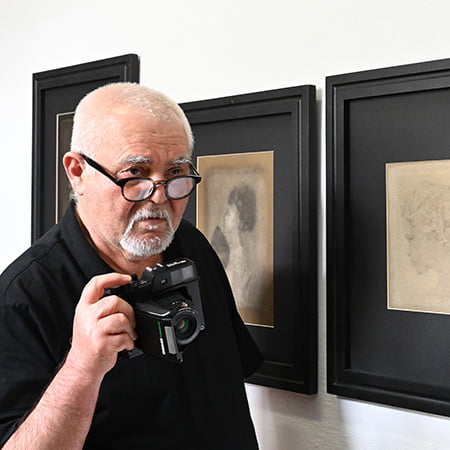
Damian Diaconescu is a film director, director of photography, and cinematic montage artist. He first came into contact with photography at the age of 5-6 in his father’s laboratory, where his father built his own photo enlarger. Diaconescu grew up surrounded by photographs and films in Bălceşti, Romania, where his father was the head of the cinematographic section of the Olteţul district, which included 30 communes and the town of Bălceşti.
He was an active member of his high school’s photo club and laboratory. Diaconescu participated in several editions of the “National Student Festival of Photographic Art” from 1976-1980, receiving the title of laureate in 1978. He was also a member of the CFR cineclub from 1979-1981.
Diaconescu has created several photography series, including “Eve’s Dreams” and “Argentique Testimonies”. His work was exhibited in Timisoara in 2018.
He develops a few unique personal argentique techniques:
“This new pictures are amazing, because of the entire history of photography that they incapsulate from the wonder of early photography to the experiments and rebellions of all avant-gardes…” Stefan Dorel Găină Gerendi
“Damian Diaconescu’s images appear and fade slowly as in a kind of sacred procession. The absolute originality of the silver modeling techniques of the forms, gives an unprecedented plastic dimension to his works, a fascinating suggestion of archaic simplicity…” Gheorghe Şvaiţer
With the collaboration of

